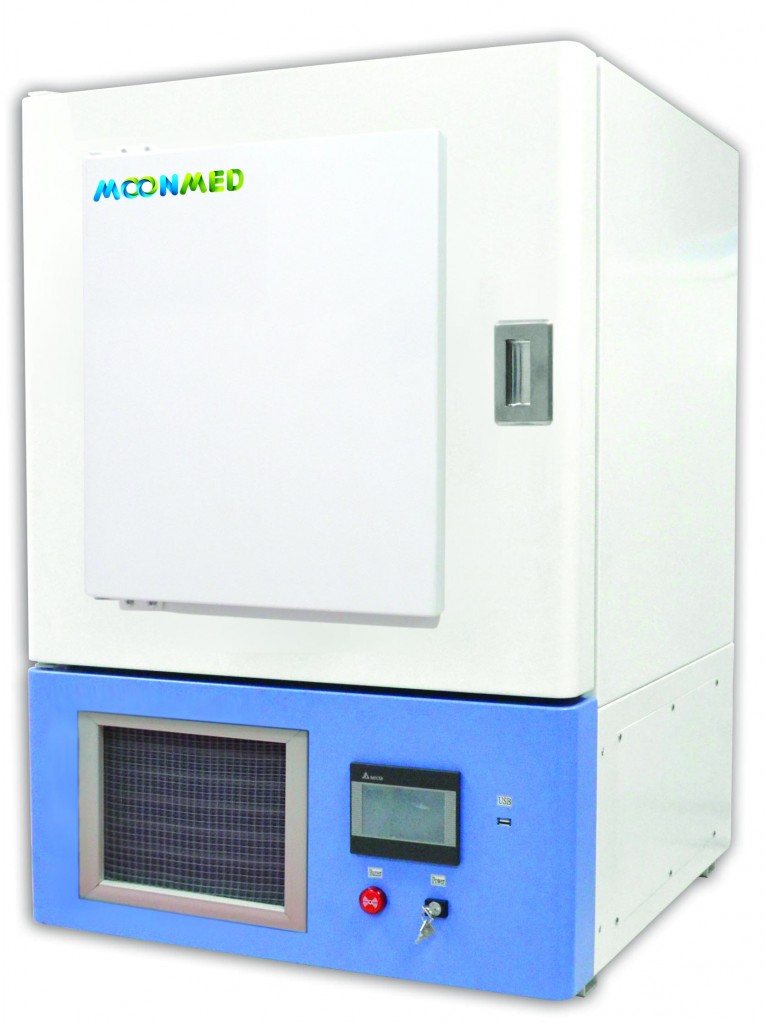 We’ve all seen pictures of neonatal incubators with a tiny infant inside being kept in a controlled environment for observation. These particular incubators often have a heater, fan and a control valve through which oxygen can be added. What laboratory incubator have you got? The gassed or non-gassed type? Applications for an incubator are vast, from growing cell cultures to controlled sample storage, to reproduction of germ colonies and even for the breeding of insects.
We’ve all seen pictures of neonatal incubators with a tiny infant inside being kept in a controlled environment for observation. These particular incubators often have a heater, fan and a control valve through which oxygen can be added. What laboratory incubator have you got? The gassed or non-gassed type? Applications for an incubator are vast, from growing cell cultures to controlled sample storage, to reproduction of germ colonies and even for the breeding of insects.
How Many Samples do you want to Incubate?
When selecting a laboratory incubator, the size and capacity of the incubator is an important consideration and requires you to estimate the number of samples to be incubated at any one time. Certainly, reducing contamination is also an important goal in laboratory incubator design.
Hygiene is another important aspect. It is one of the highest priorities when working with an incubator. The reason for this is that germs can land up in the samples through air movement in the chamber. The chamber needs to be designed so that there are no sharp corners. Mostly, the inner part of the incubator is made with corrosion-free stainless steel which makes cleaning it that much easier.
Getting rid of Contaminants
Quite a few incubators today offer a convenient and safe high-temperature decontamination cycle, allowing the user to heat-sterilize the incubator so as to get rid of decontaminants. Manufacturers of these incubators offer –
▪high temperature decontamination cycles
▪integrated touch-screen displays
▪removable shelves
▪data storage and more.
Some units even offer interior glass doors which allow the contents to be viewed without disrupting the incubator’s atmosphere. Whatever features a laboratory incubator has, users essentially want a trustworthy unit where they can grow their microbiological- or cell cultures in a contaminant free environment.
Cultivation of Micro-Organisms – the Principal Use
The principle uses for the controlled environment of an incubator in the 21st century is the cultivation of microorganisms for medical treatment and research. Laboratory incubators were used during the twentieth century so as to identify pathogens in patients’ bodily fluids in order to diagnose their disorders. The air’s moisture within the chamber is increased and heated to 37°Celsius to promote pathogenic growth. The microorganism multiplies, allowing identification of a disorder.
You can get counter-top models and free-standing incubator models. There is an inner chamber, and to prevent contamination and avoid bacterial growth, the chamber of the incubator needs to be sealed to be 100% airtight. Two kinds of heat sources are used for these incubators – fans to circulate warmth and hot water jackets. People who work with laboratory incubators will tell you that the water-jacket incubators pose a problem which the wall heaters won’t and that is because they are pressurized they can leak
Lab Incubator – Great Benefit to your Research
These heated, insulated boxes which are used for growing microbiological or cell cultures are an important component in the laboratory and come with a programmable timer for different temperatures and humidity levels. Do your research carefully and choose those incubators which provide optimum incubation conditions for a wide variety or research in your laboratory.



